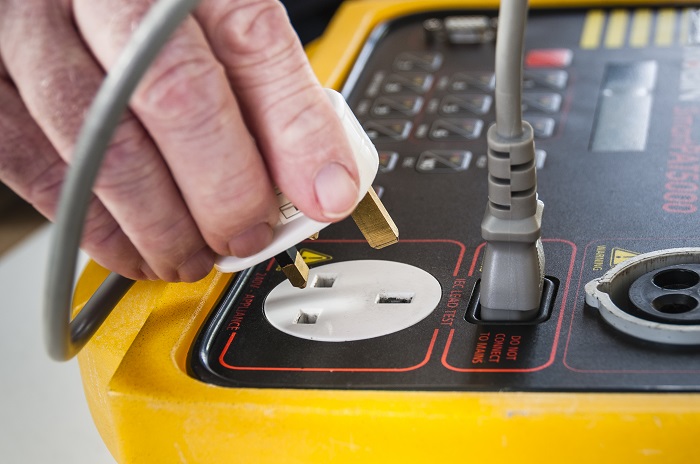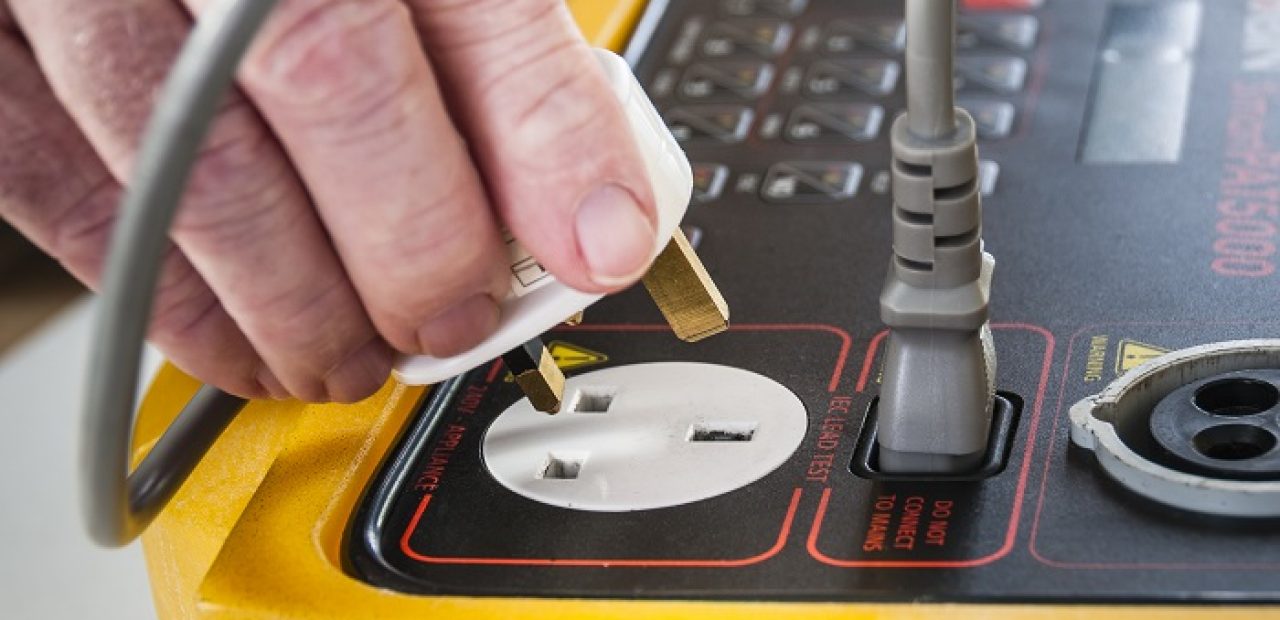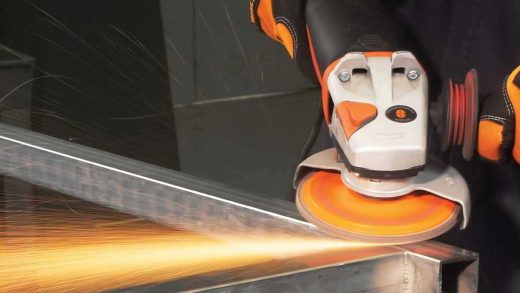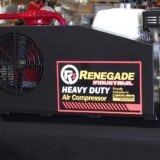Choosing the Right Portable Appliance Tester
In case you didn’t know, portable appliance testing is the process through which electrical appliances are checked for safety. These tests are conducted with a portable appliance tester – a device that inspects whether the equipment and the flexible cables are in a working condition. Also, if necessary, it checks for earthing continuity as well as the soundness of the insulation between parts.
There’s a wide range of PAT testers to choose from, and if you’re a newbie in the area, choosing the correct one can be confusing. There are multiple features to be on the look out for, and the price ranges can greatly vary, so you need to take that into account as well.

How much you are willing to spend for a portable appliance tester depends on how you plan on tagging and testing. The general rule is – the more you spend the more you get. Maybe your job requires you to use it on regular basis, or maybe you’ll test irregularly. This means you have to be realistic about what you can afford.
The most basic models cost around $500-$1000 and are typically good enough for getting the job done. These are used by people who don’t do a lot of testing. They’re usually mains powered, and you’ll most likely have to log the data manually. They can conduct Class I, II and extension tests, but probably won’t be able to do RCD testing.
The more advanced models cost around $1000-$2500 and can perform a wider range of tests, including RCD. They’re likely to have more than 10 APM operation and be 3 phase compatible. These models are battery powered, which adds to their portability and saves time finding power sockets. Moreover, they also have an internal memory and can store data.
And lastly, the high-end models cost $2500 or more and they offer print tags on the spot, and can re-test at very fast speeds. They’re meant for people that test and tag in high volumes and need fast testing. These models find use in tag and test businesses and often come with a scanner and a printer, which offers data capture and re-testing in a painless and quick way. Furthermore, they’re able to automate your testing and generate reports through software.
Whichever model you may choose, make sure it has 250V insulation if you’re testing sensitive electronic equipment, especially if you’re offering test and tag services. Another mandatory feature is a leakage current if offering test and tag services, since you’ll be testing appliances with micro or internal switches which requires the appliances to be energized.

















